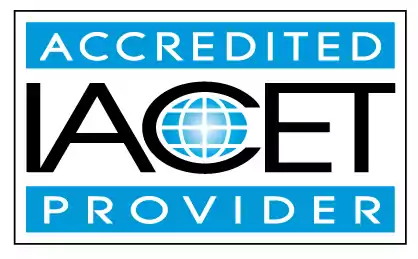Demonstrate how theory is reflective in the child care environment
Discover how theory is reflected in the child care environment and its impact on adolescence. Explore the relationship between development theories and the unique challenges faced by adolescents in early childhood education and child care centers.Trainings incorporating this outcome
120 hours courses
45 hours courses
Related Outcomes
- Demonstrate how theory is reflective in the child care environment for infants and toddlers.
- Demonstrate how theory is reflective in the child care environment.
- Explain how theory is reflective in the child care environment.
- Identify factors that may influence learning for a child in the family child care environment.
- Demonstrate an understanding how to maintain a safe environment under the guidance of the Office of Child Care Regulations.
- Identify responses to typical daily child care scenarios with solutions that are aligned with Child Care Regulations
- Demonstrate an understanding of the importance of schedules and consistency in a child care environment.
- Demonstrate understanding of optimal room arrangements for family child care settings and their components.
- Describe strategies and experiences to promote collaboration between child and youth care professionals and programs and other professionals involved in the care and education of all children and youth.
- Demonstrate understanding of developing strategies for involving parents in the child care setting.
- Demonstrates understanding of an appropriate family child care curriculum
- Demonstrate an understanding of the overall cost of child care
- Demonstrates understanding of the ADA and how it applies to family child care homes
- Describe the importance of monitoring the family child care environment for potential risks.
- Demonstrate understanding of inclusionary practices for conduct disorder in the child care setting.
- Demonstrate an understanding of staff scheduling and student enrollment aligned with Child Care Regulations.
- Demonstrate knowledge of exclusion criteria in a child care setting.
- Demonstrate understanding of inclusionary practices for cerebral palsy in the child care setting.
- Demonstrate an understanding of staff scheduling and student enrollment aligned with Child Care Regulations
Related Articles
- Michigan Child Care Providers and the Child and Adult Care Food Program (CACFP)
- MSDE: Child Care Providers- H & H Child Care Training Center Is Here for You!
- Understanding the Requirements for Michigan Child Care Assistants in Family Child Care Homes
- California Child Care Resource Center (CCRC) Subsidized Child Care Payment Program
- Maryland Child Care Training Voucher Program: Empowering Child Care Professionals
- Family Child Care/ Home Daycares Eligible for MD Child Scholarship Funding
- Creating an Environment Of Wellbeing: Health And Safety In the Child-Care Setting
- ASTHMA AND ALLERGIES Caring for Children with Asthma and Allergies in Child Care Facilities
- ChildCareED Business Brokers: The Experts in Selling and Buying Child Care Businesses
- Texas 24 Hour Pre-Service Training for Child-Care Workers
- The Guardian of Giggles: The Magic of Child Care Professionals, How Can You be One?
- Why the CDA Credential is Essential for South Carolina Child Care Leaders and How ChildCareEd Makes Getting There Easier
- Child Care in Michigan
- Enhancing Communication with Families in Child Care: Building Strong Partnerships
- How to Complete Michigan Child Care Director Requirements with ChildCareEd Training
- The Benefits of the CDA Credential for Minnesota Child Care Providers
- Fostering Resilience in Children: A Key Role for Child Care Providers
- Invest in Your Future: How a CDA Credential Can Boost Your Child Care Career in Maine
- Essential Resource for Child Care Providers: Free Emergency Preparedness Plan
- Top 10 Common Mistakes to Avoid When Applying for the CDA Family Child Care Credential
 12 CEUs
12 CEUs